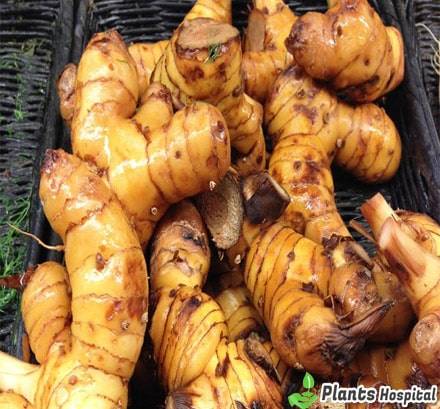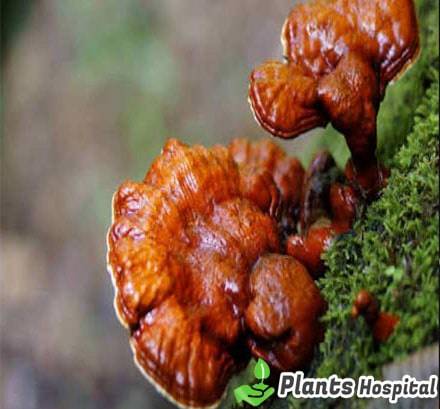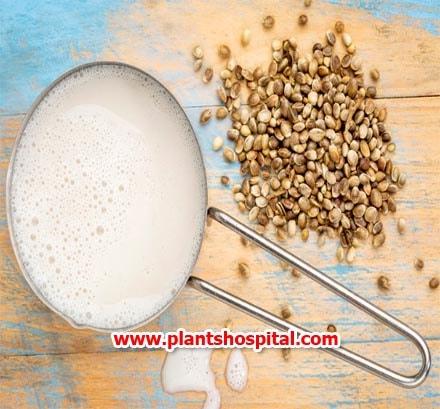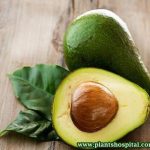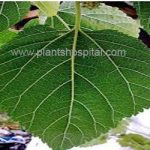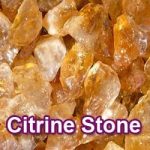Parsley seed was used traditionally as a carminative to decrease flatulence and colic pain. The root was used as a diuretic and the juice to treat kidney ailments.
Bruised leaves have been used to treat tumors, insect bites, lice, skin parasites, and contusions. Parsley tea at one time was used to treat dysentery and gallstones.
Other traditional uses reported include treatment of diseases of the prostate, liver, and spleen, in the treatment of anemia, arthritis, and cancers, as an expectorant, antimicrobial, aphrodisiac, hypotensive, laxative, and as a scalp lotion to stimulate hair growth.
- Top 11 Wonderful Healthy Reasons to Drink a Parsley Tea Every Day
- How to Grow Parsley at Home: Top Tips for Growing the Best Parsley Ever
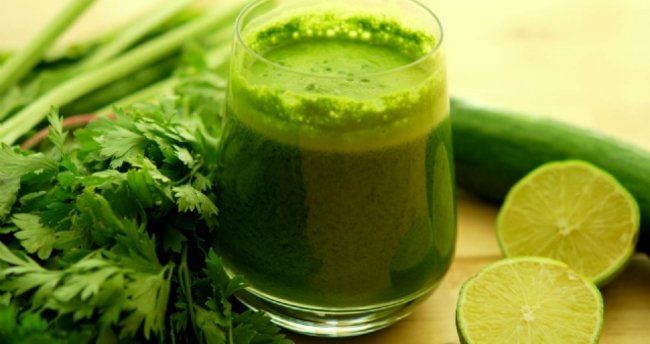
Table of Contents
4 Best Health Benefits Of Parsley
1.Fighting Cancer
Parsley is packed full of antioxidants including apigenin, a nutrient that may prove useful in cancer prevention.
A study published in the International Journal of Cancer found women with a diet high in apigenin were 28 percent less likely to develop ovarian cancer than those who ate a diet low in this powerful antioxidant.
Studies have also linked apigenin to a reduced risk of breast, skin, and prostate cancer.
Editor’s Pick: Hibiscus Tea: Health Benefits, Uses & Warnings (Hibiscus Sabdariffa)
2.Promoting Heart Health
Parsley’s ability to lower homocysteine levels also makes it a heart-healthy food. Preliminary research has associated elevated homocysteine levels with heart disease and stroke since too much of this amino acid can damage blood vessels.
Parsley may also be able to ward off diabetes-induced heart damage. In Turkey parsley is regularly used to treat diabetes.
Researchers there found that diabetic rats fed parsley for 28 days experienced lowered blood glucose levels and raised glutathione levels, an antioxidant that shields heart cells from damage.
3.Building Strong Bones
Just 1 /4 cup (125 g) of parsley provides 300 percent of the recommended daily value of vitamin K, which is needed to process calcium and is essential for bone health.
Diets high in vitamin K have been linked to greater bone density and a reduced risk of bone fractures in postmenopausal women who are prone to osteoporosis.
Parsley is also a good source of folic acid that keeps levels of the amino acid homocysteine in check. Elevated levels of homocysteine have been associated with an increased risk of bone fractures.
In one study researchers found participants who had high amounts of homocysteine in their blood were nearly two times more likely to break a bone, regardless of bone density.
4.Protecting Against Arthritis
Parsley is an excellent source of vitamin C. This immune-boosting vitamin not only wards off the common cold, but may also help prevent rheumatoid arthritis.
A study published in the Annals of the Rheumatic Diseases found that participants whose diets were low in vitamin C were at three times greater risk of developing rheumatoid arthritis than those with a high vitamin C content in their diets.
Parsley essential oil, when massaged into the scalp, may reduce hair loss.
Use parsley daily, and you’ll feel relief from joint pain. That’s because the herb has anti-inflammatory properties.
Watch Video: 4 Best Health Benefits Of Parsley
How To Use Of Parsley?
1.) Medicinal Use
Chew the leaf raw to freshen the breath and promote healthy skin. Infuse for a digestive tonic. Bruised leaves have been used to treat tumors, insect bites, lice, and skin parasites and contusions.
Parsley tea at one time was used to treat dysentery and gallstones. Other traditional uses reported include the treatment of diseases of the prostate, liver, and spleen, in the treatment of anemia, arthritis, and cancers, and as an expectorant, antimicrobial, aphrodisiac, hypotensive, laxative and as a scalp lotion to stimulate hair growth.
Use in a poultice as an antiseptic dressing for sprains, wounds, and insect bites. Decoct the root for kidney troubles and as a mild laxative.
Apply the juice to reduce swellings. It also stimulates appetite and increases blood flow to digestive organs, as well as reducing fever.
Another constituent, the flavonoid apigenin, reduces inflammation by inhibiting histamine and is also a free-radical scavenger.
The seed, when decocted, has been used for intermittent fevers. It has also traditionally used as a carminative to decrease flatulence and colic pain.
The seeds have a much stronger diuretic action than the leaves and may be substituted for celery seeds in the treatment of gout, rheumatism, and arthritis. It is often included in “slimming” teas because of its diuretic action.
Oil of the seed (5-15 drops) has been used to bring on menstruation. Avoid if weak kidneys.
Dosage
Infusion: Pour a cup of boiling water on 1-2 tsp of the dried herb and leave to infuse for 5-10 minutes in a closed container. Drink 3 times a day Tincture: Take 2-4ml 3 times a day.
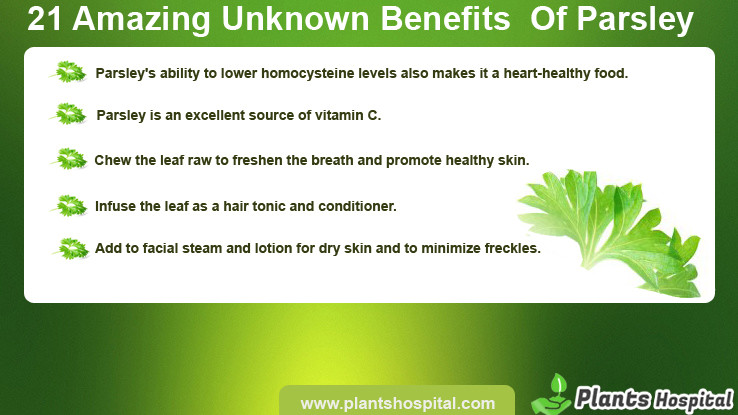
2) Homeopathic Uses
Used for very itchy hemorrhoids, as well as for urinary complaints such as a deep itch in the urinary tract, and gonorrhea with a sudden urge to urinate and a milky discharge.
3) Aromatherapy Uses
Extraction: Essential oil by steam distillation from the seed and the herb. An essential oil is occasionally extracted from the roots; an oleoresin is also produced by solvent extraction from the seeds.
Characteristics: A yellow, amber or brownish liquid with a warm woody-spicy herbaceous odor. A pale yellow or greenish liquid with a heavy, warm, spicy-sweet odor, reminiscent of the herb.
Blends Well With Rose, orange blossom, Cananga, tea tree, oakmoss, clary sage, and spice oils
Constituents Seed: Mainly apiol, with myristicin, tetra-methoxy ally-benzene, pinene, and volatile fatty acids.
Herbs: Mainly myristicin with phellandrene, myrcene, apiol, terpinolene, menthatriene, pinene, and cartel, among others.
Uses Circulation, Muscles, And Joints: Accumulation of toxins, arthritis, broken blood vessels, cellulite, rheumatism, sciatica.
Digestive System: Colic, flatulence, indigestion, hemorrhoids Genito-urinary system: amenorrhea, dysmenorrhea, to aid labor, cystitis, urinary infections.
Other Uses: Used in some carminative and digestive remedies, such as ‘gripe waters’. The seed oil is used in soaps, detergents, colognes, cosmetics, and perfumes, especially men’s fragrances. The herb and seed oil, as well as the oleoresin, are used extensively in many types of food flavorings, especially meats, pickles, and sauces, as well as alcoholic and soft drinks.
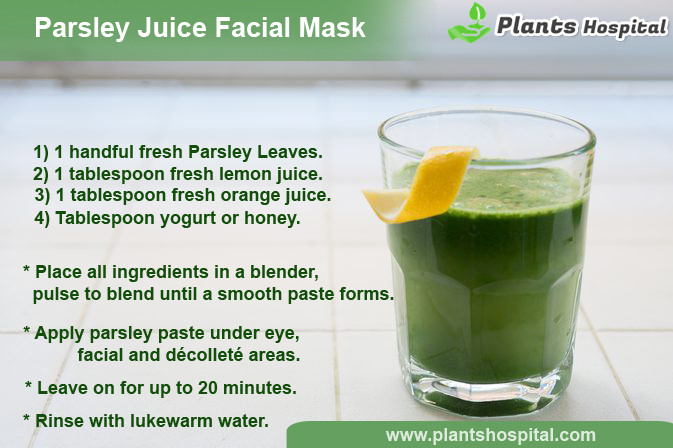
4) Cosmetic Use
- Infuse the leaf as a hair tonic and conditioner.
- Add to facial steam and lotion for dry skin and to minimize freckles.
- Use infusion as a soothing eyebath.
- The essence of the seeds is used in the manufacture of certain strong, masculine scents.
Elderflower And Parsley Lotion
Handful of elderflower blossoms.
- 3-4 sprigs of parsley.
- 1/2 pint soft water.
Wash the elderflower blooms and parsley and place in a clean bowl. Cover with half a pint of boiling water and allow to infuse for three to four hours. Strain, bottle, label and refrigerate. Apply to freckles with a cotton ball.
Parsley Hair Tonic
- Large handful parsley sprigs.
- Tbsp water.
Place the parsley sprigs and water in a food processor. Process until ground to a smooth puree. Apply the green lotion to the scalp, then wrap your head in a warm towel and leave for about 1 hour before shampooing as normal.
Cucumber-Parsley Facial Toner
1) cup of warm water.
2) 2 Tbsp chopped parsley.
3) 1/4 russet potato. (scrubbed, do not peel)
4) 1/4 cucumber. (do not peel)
5) 1 tsp almond extract.
6) 1 tsp lemon extract.
7) 1 tsp lime extract.
In a small saucepan, bring water and parsley to a boil. Remove from heat and let cool slightly. Add to a blender and mix with other ingredients on medium speed for 30 seconds. Strain solution through a paper towel, saving liquid.
Solids may be discarded. Saturate a cotton ball with the solution and apply to face, using a gentle dabbing motion. Use this after a scrub and cleanser. It is not necessary to rinse it off after use. Cover and refrigerate. Discard after 5 days. For normal and dry complexions.
Why is The Parsley Good To Remove Stains of the Skin?
Parsley is a plant that is easy to find that you have multiple vitamins. And not only that, but also acts as a great agent of our immunity, us defends against free radicals and stands as an excellent antioxidant.
Want to know more? Because there is still more. Parsley is used as essential in many beauty clinics treatment to have vitamin C, to nourish the skin, acting as a healing and stimulate the production of collagen. Parsley is a natural refreshing that we must not miss.
- 12 Proven Health Benefits Of Chai Tea: How Much to Drink Every Day?
- 11 Hawthorn Tea Benefits for the Cholesterol, Skin and Insomnia
Side Effects of Parsley
- Due to the presence of a substance known as people in Parsley, increased consumption of more than two hundred grams may affect toxicity.
- Excessive intake of the herb may result in problems of the liver and anemia.
- Excessive intake of Parsley tends to cause a miscarriage in women with increased menstrual flow.
- Any herbal composition, with Parsley as ingredients, taken during pregnancy result in serious consequences such as birth defects in the infant.
- Therefore, it would be wise to take the required quantities of Parsley in the form of food.
- There are chances of allergic reactions, to the skin and mucous membranes, in certain cases, with consumption of Parsley.


